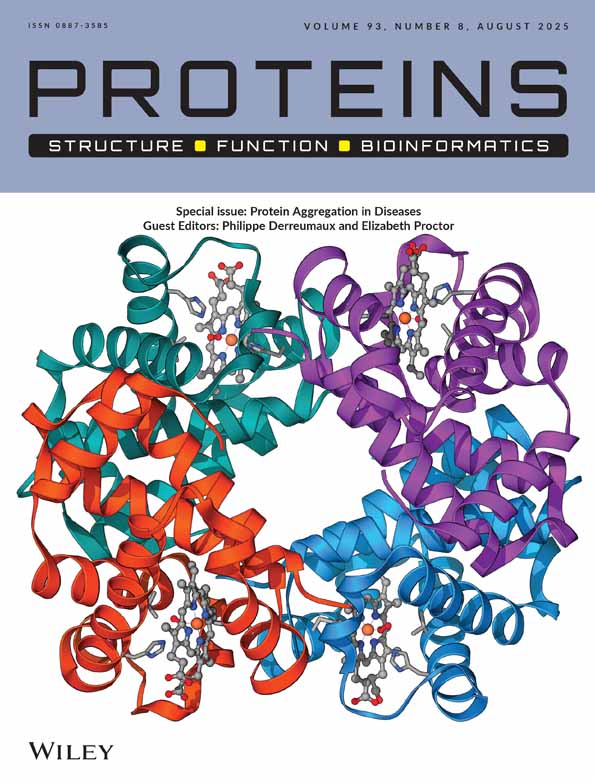Beyond Lumry–Eyring: An unexpected pattern of operational reversibility/irreversibility in protein denaturation
Abstract
We have found that, contrary to naïve intuition, the degree of operational reversibility in the thermal denaturation of lipase from Thermomyces lanuginosa (an important industrial enzyme) in urea solutions is maximum when the protein is heated several degrees above the end of the temperature-induced denaturation transition. Upon cooling to room temperature, the protein seems to reach a state with enzymatic activity similar to that of the initial native state, but with higher denaturation temperature and radically different behavior in terms of susceptibility to irreversible denaturation. These results show that patterns of operational reversibility/irreversibility in protein denaturation may be more complex than the often-taken-for-granted, two-situation classification (reversible vs. irreversible). Furthermore, they are consistent with the possibility of existence of different native or native-like states separated by high kinetic barriers under native conditions and they suggest experimental procedures to reach and study such “alternative” native states. Proteins 2008. © 2007 Wiley-Liss, Inc.




